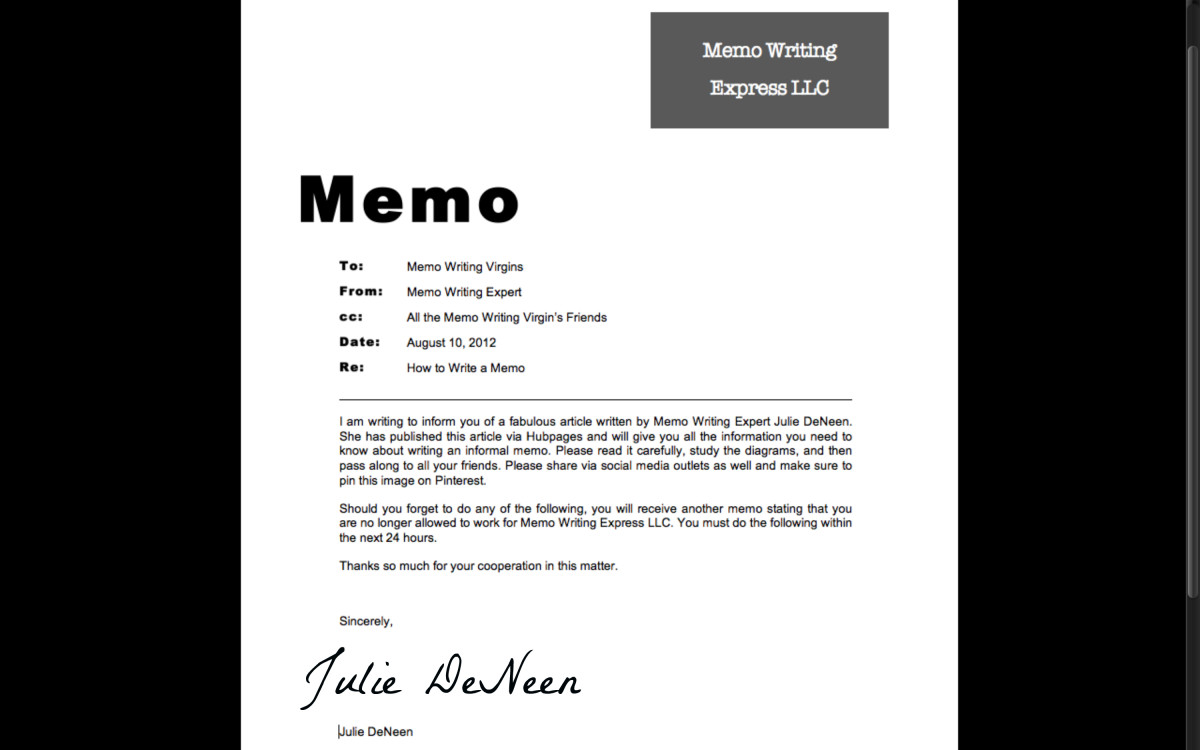Writing Persuasively

Have you ever felt so strongly about something that you wanted to write an editorial to try and convince people to agree with your views? Perhaps you've been assigned a persuasive essay on a subject of your choice and aren't quite sure how to tackle the assignment, or you need to write a letter of complaint to air your dissatisfaction with a product or service. There are a few things to keep in mind when you attempt any type of persuasive writing.
Editorials and Persuasive Essays
For one thing, it's usually not a good idea to start your essay or editorial with a radical statement, such as, "The Liberal Left (or "the Republican Party," or "the Democratic Party", or "the Tea Party Movement" etc.) is full of idiots." If you do, many people who totally disagree with that viewpoint won't bother to read another word. (Of course, if your purpose is merely to add fuel to the fire of discontent, you don't need any of these tips. It's not too difficult to persuade those who already agree with you.) Start with a rather nebulous statement or a question to neutralize yet encourage your "audience" to want to read more: "Does it seem like the political climate has taken on a bit of a chill lately?" This makes it clear that your topic is political but makes the reader want to find out what the "chill" is all about. Once you've done that, use the rest of the first paragraph to express briefly but clearly the topic you're going to address.
Keep in mind that outright hostility or name-calling (such as referring to a person or group of people as "idiots") won't encourage anyone (except, of course, those who already agree with you) to consider your point of view. All it will do is convince most readers that you're a hothead. Remember, there's a thin line between being passionate about something and coming through as "off the wall." A better way to win people over to your point of view ( in the political arena, that's not an easy task) is with concrete examples. "Concrete" translates to "specific" or "explicit" rather than general. In other words, rather than stating something like, "The members of (add the group of your choice here) are responsible for ridiculous tax increases and continuing unemployment," give names and numbers: include who voted for or against what and when that occurred. A solid persuasive essay or editorial should include at least three specific examples, each of which you develop into a paragraph, to support your point of view. Also, reconsider using words like "ridiculous." If your essay is well written, the reader probably will come to that conclusion by himself. The more examples, statistics, and facts you mention, the stronger your argument.
One thing many editorials fail to mention is the opposite point of view. "Why would I do that?" you might ask. The reason is simple: you need to acknowledge that you're aware of the other viewpoint so that you can immediately "shoot it down" with solid reasons why you disagree before someone else (the reader, for example) does. If you're arguing against government-sponsored health care, say something like, "I realize that many people can not afford to pay for health care. Although that certainly sounds like a good reason for the government to make health care available to everyone, keep in mind that this country was designed to be a democratic nation; government-sponsored anything is yet another step away from democracy and towards socialism."*
Finally, you need to wrap up your essay/editorial with a strong conclusion that re-states your thesis in a brief but memorable way. Don't be satisfied with merely giving some examples and leaving your readers hanging. Make your final sentence one worth pondering: "Now that you understand the reasons why the political climate has taken on a chill, perhaps you will take some steps to turn up the heat."
Letters of Complaint
Writing letters of complaint is similar to persuasive writing in that your goal is to convince someone of something, in this case, that the dissatisfaction you are expressing is justified and needs to be addressed. One difference, however, is that you don’t need multiple specific reasons for proving your point. The fact that your new, high definition TV broke down a month after you purchased it is reason enough to be dissatisfied, even extremely angry. Keep in mind, though, that you’re far more likely to get a positive response (i.e., action to rectify the situation) if you hold your temper and explain the situation clearly and concisely. If you are unhappy with customer service or lack thereof, explain why. "The manager acted like a jerk" doesn't exactly explain the problem. You need to state exactly what he/she did (or didn't) say or do. You also should make it clear that you expect the situation to be addressed. Be firm, but do not use threats or vulgar language. This pretty much invalidates any points you might have made.
With any type of persuasive writing, the goal is to persuade. This will only be accomplished if you 1) know what you're talking about; 2) express your position clearly; and 3) back up your arguments with facts. If you do all of this, your goal has a good chance of becoming a reality.
*This is merely an example.








